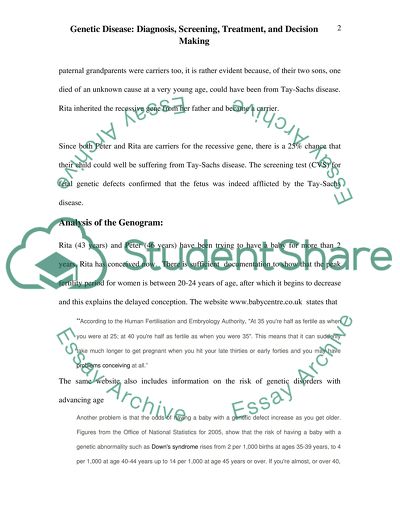Cite this document
(“Genetic Disease Case Study Example | Topics and Well Written Essays - 2500 words”, n.d.)
Retrieved from https://studentshare.org/miscellaneous/1501802-genetic-disease
Retrieved from https://studentshare.org/miscellaneous/1501802-genetic-disease
(Genetic Disease Case Study Example | Topics and Well Written Essays - 2500 Words)
https://studentshare.org/miscellaneous/1501802-genetic-disease.
https://studentshare.org/miscellaneous/1501802-genetic-disease.
“Genetic Disease Case Study Example | Topics and Well Written Essays - 2500 Words”, n.d. https://studentshare.org/miscellaneous/1501802-genetic-disease.


